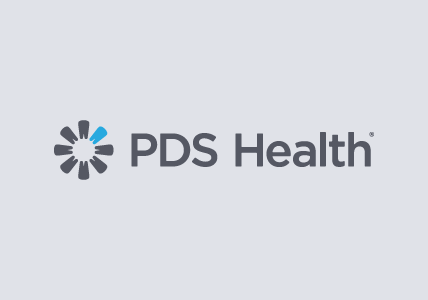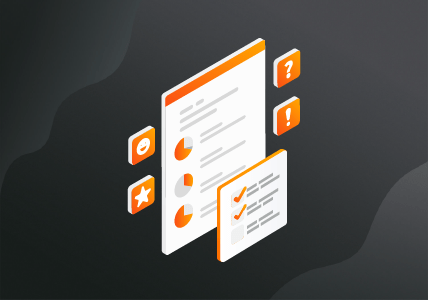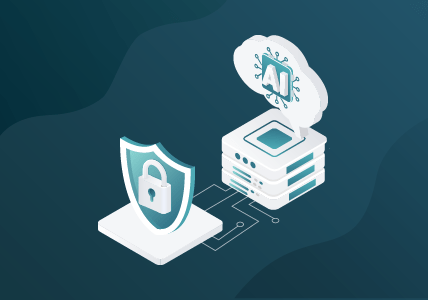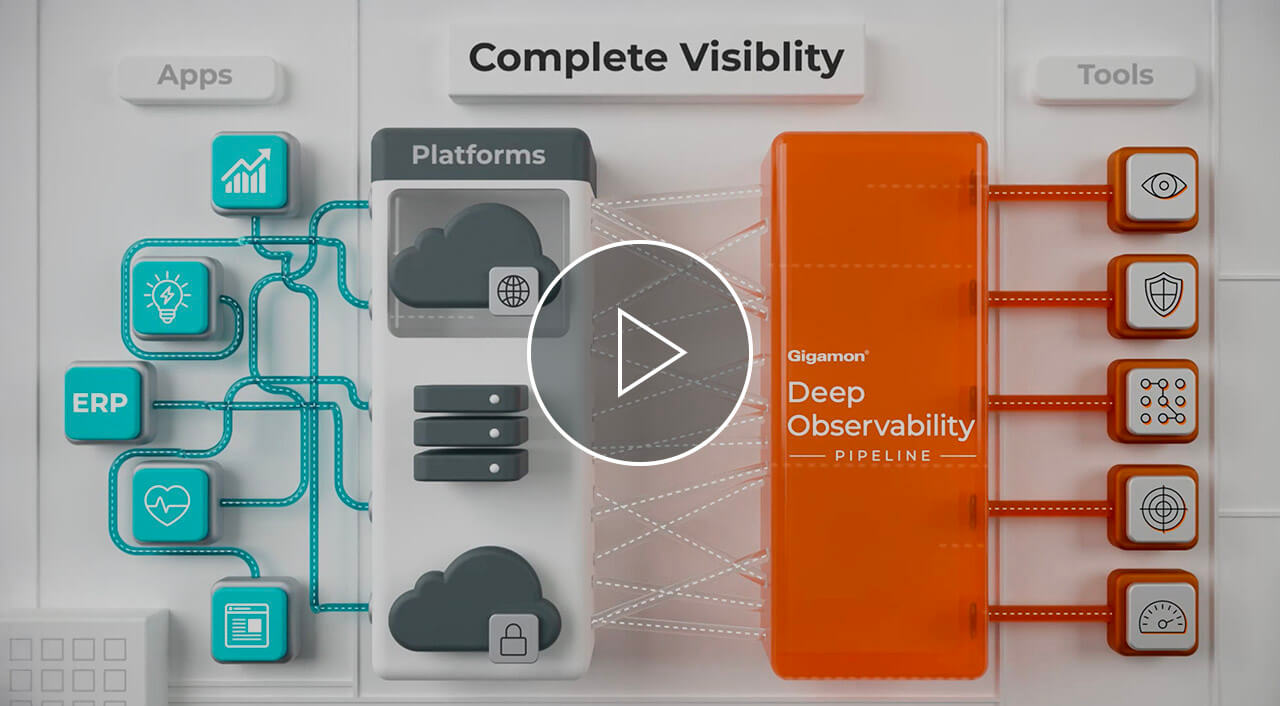What is Observability?
Observability is the inspection of telemetry and log data covering application and infrastructure behavior across public and private cloud, physical, and on-premises infrastructure. Observability pipeline solutions deliver network and log-based telemetry data to observability and SIEM tools for monitoring and inspection.
What is deep observability and why is it key to better securing and managing hybrid cloud infrastructure?
Deep observability offers the added capability to efficiently deliver network-derived telemetry in the form of packets, flows, and application metadata, from multiple networks spanning data centers and public and private cloud instances, going beyond traditional metric, event, log, and trace (MELT) data to enhance your organization's security posture.
Staying Ahead of Emerging Cyber Threats
As cloud adoption accelerates, securing and managing hybrid cloud infrastructure is more costly and complex.
Security tools inspect North-South traffic, but often neglect East-West traffic. Given that 95 percent of all web traffic is encrypted, many organizations lack visibility into encrypted traffic and lateral movement, exposing them to threats existing tools can’t see.
Shifting toward a proactive security posture requires that your tools work in concert to detect emerging cyber threats like ransomware, insider threats, and data exfiltration, helping to close the cybersecurity preparedness gap.
Traditional tools gain visibility through MELT data, limiting how deeply they can monitor. Deep observability enables you to extract intelligence directly from network traffic and efficiently deliver it to your tools in real time. This helps to:
Closing the Cybersecurity Preparedness Gap
2024 HYBRID CLOUD SECURITY SURVEY
83%
of organizations agree that visibility into all data in motion is critical for cloud security
73%
agree that lateral, East-West visibility is a greater priority for cloud security than North-South
60%
lack visibility into lateral, East-West traffic
1 in 3
organizations failed to detect a recent breach with existing security tools
87%
believe gaining visibility into encrypted traffic is critical to cloud security
62%
admit that encrypted traffic is less likely to be, inspected by security teams
Why Does Deep Observability Matter?
In addition to strengthening your security posture, deep observability can make your existing cloud, security, and observability tools up to 90 percent more efficient by eliminating duplicate or irrelevant traffic and can reduce tool and bandwidth costs by up to 50-60 percent – enabling a 4-6 month ROI.
The Gigamon Deep Observability Pipeline efficiently delivers network-derived intelligence to your cloud, security, and observability tools to eliminate security blind spots, optimize network traffic, and reduce tool costs, enabling you to better secure and manage your hybrid cloud infrastructure.
Eliminate Security Blind Spots
Eliminate dangerous blind spots by efficiently delivering all relevant traffic to tools and observability dashboards.
Align IT Teams and Resources
Align your NetOps, InfoSec, CloudOps, and Compliance teams around a common view of the organization’s network data.
Save Operational Costs
Optimize and improve signal to noise ratio of network traffic ingestion to save up to 50-60 percent on tools.
Explore the Gigamon Deep Observability Pipeline
Get Gigamon and get deep observability.








